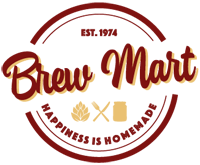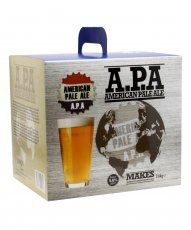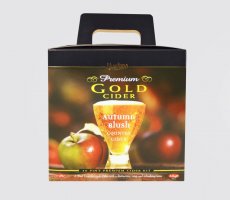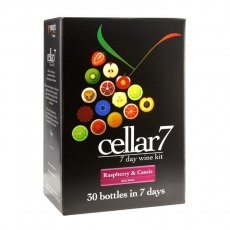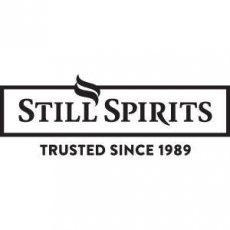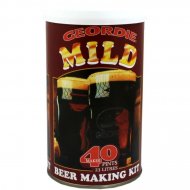Sign up to the Brew Mart newsletter for the latest news, offers & more
Mild Ale
Mild Ale/beer is a very traditional beer, and the name is used for a young beer that usually has a lower alcohol content and fewer hops. Dark mild beer/ale is copper to mahogany in colour with a slightly hoppy aroma.
Light mild ale/beer is generally similar but paler in colour.
What is Mild Ale?
Mild Ale or beer is a type of Ale with a mainly malty palate.
Mild Ale originated in Britain in the 17th century or earlier and originally meant a young ale, not a "stale" aged or old ale which was around at the time.
Mild Ale was sold in most pubs but experienced a sharp decline in popularity in the 1960s. This decline made it in danger of completely disappearing. However, the increase of microbreweries has led to a modest renaissance, and an increasing number of milds (sometimes labelled "Dark") are returning to favour.
Modern mild ales are predominantly dark-coloured with an alcohol by volume (ABV) of 3% to 3.6%, although lighter-hued examples and more potent examples reach 6% abv and higher.
Mild Ale is now more often interpreted as being mildly hopped.
Light mild Ale is generally similar but paler in colour.
History of Mild Ale
The term "Mild" is used to designate any young, fresh or unaged beer and does not refer to a specific beer style.
Therefore the title could refer to a Mild Ale, Mild Porter or even a Mild Bitter Beer.
These younger beers were often blended with aged "stale" beer to try and improve their flavour.
During the 19th century, public taste moved away from the aged taste; unblended young beer and Light Bitter Beer or Mild Ale dominated the market.
In the 19th century, a brewery would produce three or four mild ales. These would be designated by some X marks, the weakest being X, the strongest XXXX. They were considerably more potent than the milds we drink today. They had a gravity ranging between 1.055 to 1.072 (about 5.5% to 7% abv). Mild ale gravities dropped throughout the late 19th century, and by 1914 the weakest milds were down to about 1.045, still considerably more potent than today's versions.
Strict measures were applied to the brewing industry during the First World War, which dramatically affected mild ales. As the biggest-selling beer, it suffered the most significant loss in gravity as breweries were forced to limit the average gravity of their beer to 1.030.
To produce some stronger beer - which at that time was exempt from price controls, which in turn made them more profitable - Mild Ale's gravity was reduced to 1.025 or even lower.
Todays, dark mild ales vary from dark amber to near-black and are very light-bodied.
The flavour is dominated by malt, sometimes with roasted notes derived from black malt, and with a subdued hop character.
There are some quite bitter examples. These are in the range 1.030–1.036 (3–3.6% abv).
Light mild Ale is generally similar but paler in colour. Some dark milds are created by adding caramel to a pale beer.
Up until the 1960s, mild beer was the most popular beer style in England.
Pockets of demand remain, particularly in the West Midlands and North West England, but mild Ale has been ousted mainly by bitter and lager elsewhere.
Some notable examples of homebrew Mild Kits are Geordie Mild and Simply Mild
Homebrewing a Mild from Malts
Mild ales are generally from a mild or pale malt. Most would contain, in addition, a quantity of crystal malt.
Milds tend to be lightly hopped compared to pale Ale and are usually low in alcohol; strong mild ales used to reach six or seven per cent abv.
Dark milds would add some chocolate or black malt plus brewing sugars.
Not sure where to start check out these articles?
Sterilization and Disinfection
Is It Worth Brewing Your Own Beer?
